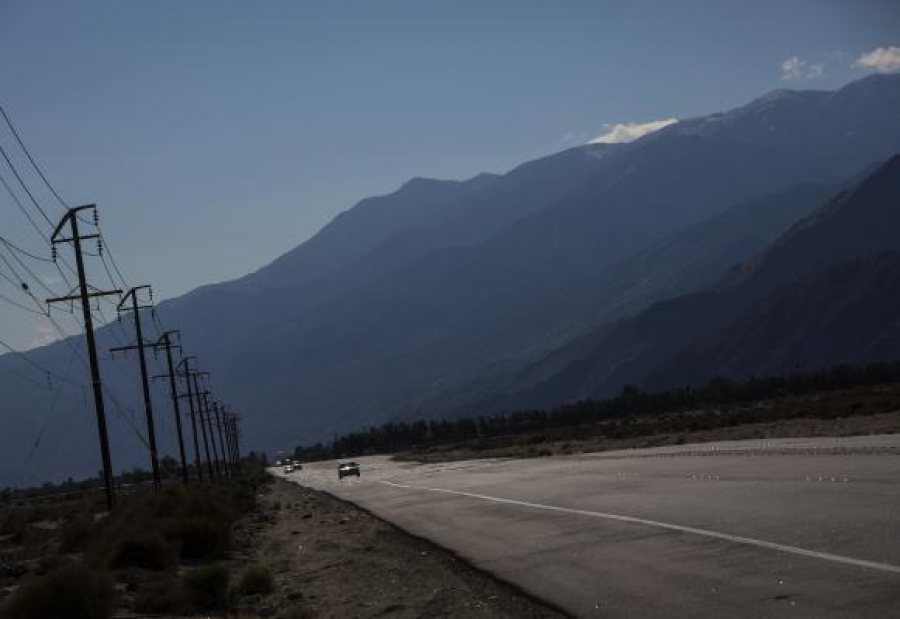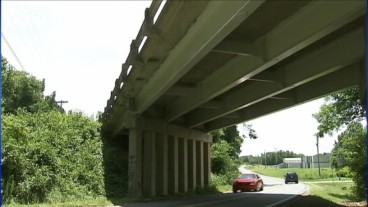U.S. DOT Warns of Need For Spending on Bridges and Roads

The United States Department of Transportation released its biennial conditions and performance report last Friday. The report stated that all levels of the country’s government must spend between $123.7 billion and $145.9 billion per year to maintain and improve the conditions of the United State’s roads and bridges. The report analyzed data from 2010 and found that the U.S. spent roughly $100 billion on infrastructure that year including $12 billion provided by the stimulus package to help the economy during the recession. The U.S. DOT strongly encourages spending increases to avoid any further deterioration to the country’s roads and bridges.
U.S. President Barack Obama recently announced a four-year, $302 billion plan to reform the country’s infrastructure. The proposal’s reliance on tax reform is not expected to gain support on Capitol Hill. While the government tries to figure out an appropriate infrastructure budget, over $86 billion of preventative maintenance projects sit backlogged. This amount increases by $2 billion each year. In addition, as of 2010 over two-thirds of the country’s bridges were 26 years old or older, 11.5 percent were structurally deficient, and 12.8 percent were functionally obsolete. Roads and bridges are not the only areas that are crumbling. The report indicates that $16.5 billion was spent on rail and buses in 2010, which is $8 billion lower than needed. The U.S. DOT report is in agreement with last year’s American Society of Civil Engineers annual report card. ASCE gave the U.S. infrastructure an overall D grade.
The U.S. DOT report, however, did not contain only bad news. It did state that the country’s bridge conditions improved between 2000 and 2010. It also found that highway building costs have gotten cheaper. Spending in 2010 did exceed the yearly amount needed to just maintain road and bridge conditions. However, according to ASCE senior managing director Casey Dinges, “Just [doing] the status quo is not going to work.” Instead, spending levels must increase and fall in the range required to improve roads and reduce the amount of structurally deficient bridges. Improving highway, bridge, and transit conditions will benefit many industries and have a positive effect on the U.S. economy. Republicans and Democrats are expected to introduce infrastructure spending plans this week. These plans must also address the Highway Trust Fund’s threat of insolvency by August.
Sources: Wall Street Journal, Reuters
Want to read more like this story?

New Report Finds 63,000 Structurally Deficient Bridges Across U.S.
Apr, 28, 2014 | NewsA new report released by the American Road & Transportation Builders Association states there ar...

US Infrastructure Spending Drops Dramatically Over Last 4 Years
Nov, 10, 2013 | NewsA new chart released by BCA, an independent investment research company, shows that infrastructure s...

New York City’s Infrastructure Needs $47 Billion in Repairs
Mar, 12, 2014 | NewsThe Center for an Urban Future released a report yesterday titled Caution Ahead: Overdue Investments...

Repairs needed for Washington State Bridges and Highways
Apr, 14, 2021 | NewsWashington State infrastructure is in need of maintenance. Engineers and lawmakers are trying to...

Six Injured in Brent Spence Bridge Crash
Aug, 05, 2014 | NewsSix people were injured this weekend in Cincinnati, Ohio when a car fell off the southbound deck of...

U.S. DOT survey reveals: 61,000 bridges in need of structural repairs
Apr, 07, 2015 | NewsA recently released study by the U.S. Department of Transportation (U.S. DOT) National Bridge Invent...

Tappan Zee Bridge Funding Questions Remain
Mar, 27, 2014 | NewsWhile the first three piles for the Tappan Zee Bridge in New York have been completed, there are sti...

Canada To Buy Land in US for NITC Bridge
Feb, 05, 2014 | NewsCanadian officials announced plans last week to buy land in the United States for the New Internatio...

US infrastructure scores a D+: more than $4.5 trillion need to be invested by 2025
Mar, 17, 2017 | NewsThe roads, bridges, public drinking and water systems, dams, airports and mass transit systems in th...
Trending

Spectacular interchanges around the world

New Release - STAAD.Pro 2024 - 2

ADINA 2025 for Structural WorkSuite

ADINA 2025 New Release!

Drilled Shafts Project on Gilbert Road Bridge

Powerful earthquake shakes central Philippines, dozens killed

Partial collapse of apartment building in NYC due to blast loading

